Top Things to Know Before Buying Flowering House Plants
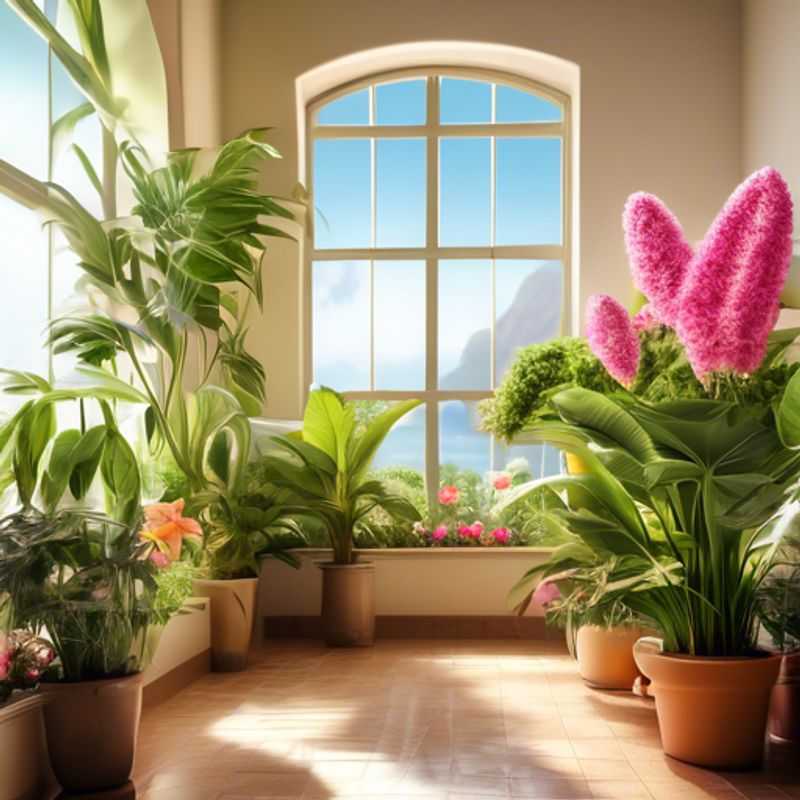
Top Things to Know Before Buying Flowering House Plants: A Guide for Budding Botanists
Bringing a splash of color and life into your home with flowering houseplants is a delightful experience, but a bit of preparation goes a long way in ensuring your new plant thrives. I approach this with a similar mindset – understanding the requirements for optimal performance. Here's a checklist to consider before you bring your chosen bloom home:
1. Lighting: Plants are like tiny solar panels, each with specific needs. Research the lighting requirements for the specific plant species you're interested in. Is it a sun-lover, or does it prefer indirect light? Understanding this will help you choose the perfect spot in your home for it. I've learned that even the most vibrant plant will struggle without proper lighting. It's like trying to power a device with the wrong voltage – just doesn't work!
2. Soil and Water: Just as different engines have different fuel requirements, each plant has its own preference for soil and watering. Research the ideal soil conditions and watering needs for your chosen plant. Some prefer well-draining soil, while others like it moist. Overwatering can be just as detrimental as underwatering, so understanding these needs is crucial. It's a delicate balance, like calibrating a system for peak efficiency.
3. Space: Imagine trying to fit a large machine into a small room – it just wouldn't work! Similarly, consider the mature size of the plant and available space. Will it outgrow its pot or location? I've made this mistake before, and the result was a cramped and unhappy plant. Planning ahead ensures both plant and space thrive in harmony.
4. Toxicity: Safety first! Learn about the plants toxicity if you have pets or young children. Some plants are harmless, while others can be toxic if ingested. It's a simple yet essential step, just like ensuring safety protocols are in place before operating any machinery.
5. Care and Maintenance: Just like any machine, a plant needs regular care. Familiarize yourself with the plants care and maintenance needs. Does it need regular fertilization? How often does it need to be repotted? Understanding these requirements ensures your plant flourishes, just like maintaining a machine for optimal performance.
6. Growth Habits and Pruning: Plants have personalities too, just like the machines we build! Check the plants growth habits and pruning requirements. Does it have a sprawling growth pattern? Does it need regular trimming? Understanding this helps you manage its growth and keep it looking its best. It's similar to understanding the behavior of a complex system – anticipating its needs and adjusting accordingly.
7. Health Check: Before bringing a new plant home, it's essential to ensure the plant is healthy and pest-free. Look for signs of disease, pests, or any other issues. Just like you wouldn't buy a faulty machine, ensure your chosen plant is in top condition. This will give it the best chance to thrive in its new home. A good foundation ensures a smooth start and long-lasting performance.
With these considerations in mind, you're well on your way to welcoming a blooming companion into your home. Remember, just like any engineering project, it's about understanding the requirements, taking the necessary precautions, and nurturing a thriving partnership. Enjoy the journey of watching your new plant flourish!
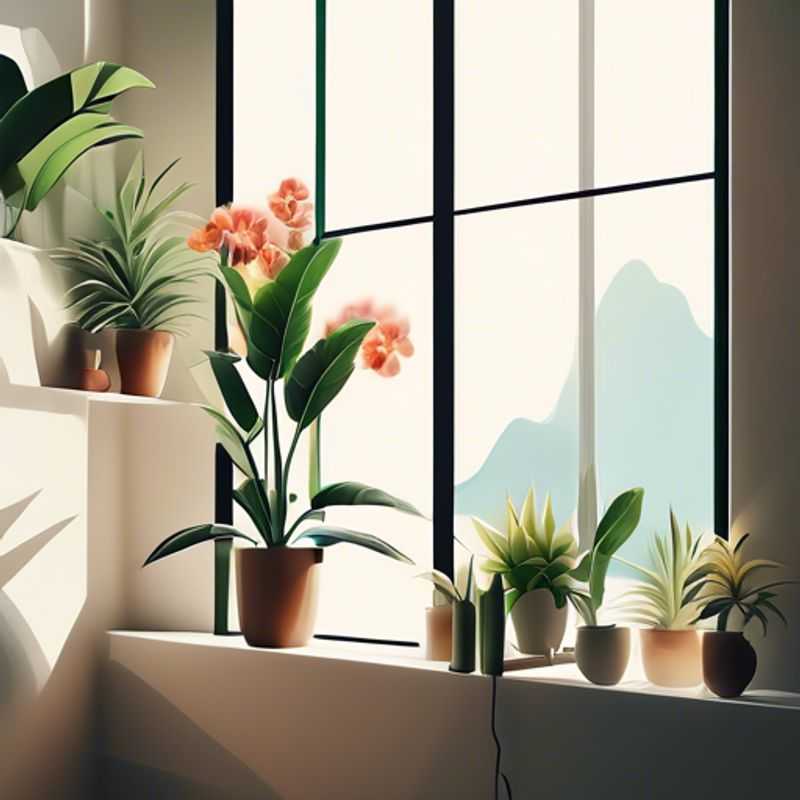
Unlocking Plant Growth: Understanding Lighting Requirements for Specific Species
Understanding the lighting requirements for your plant species is crucial for their growth and health. Each plant has unique light needs, influenced by factors such as its origin and evolutionary adaptations. Light intensity, duration, and spectrum all play significant roles in plant development.
Light intensity refers to the amount of light a plant receives. Plants can be categorized into sun-loving (heliophytes), shade-tolerant (sciophytes), and those that thrive in moderate conditions. Heliophytes require full sun exposure with 6 or more hours of direct sunlight daily, while sciophytes prefer partial shade with less direct sunlight.
Light duration, also known as photoperiod, influences flowering and other developmental processes. Plants have different critical photoperiods that trigger these processes. For instance, long-day plants flower in the spring and summer when days are longer, while short-day plants bloom in the fall and winter when days are shorter.
Light spectrum, which refers to the different wavelengths of light, affects photosynthesis and plant growth. While plants primarily utilize red and blue wavelengths, they also require other wavelengths for optimal growth. For instance, far-red light influences stem elongation and flowering.
Determining the specific lighting requirements for your plant species is key to providing optimal conditions for their growth. You can find this information on plant tags, online resources, or through local nurseries and botanical gardens. If you're unsure about the exact light requirements, it's always best to err on the side of caution and provide more light than less. This can be achieved by using grow lights, strategically positioning plants in your home, or even moving them outdoors during warmer months.
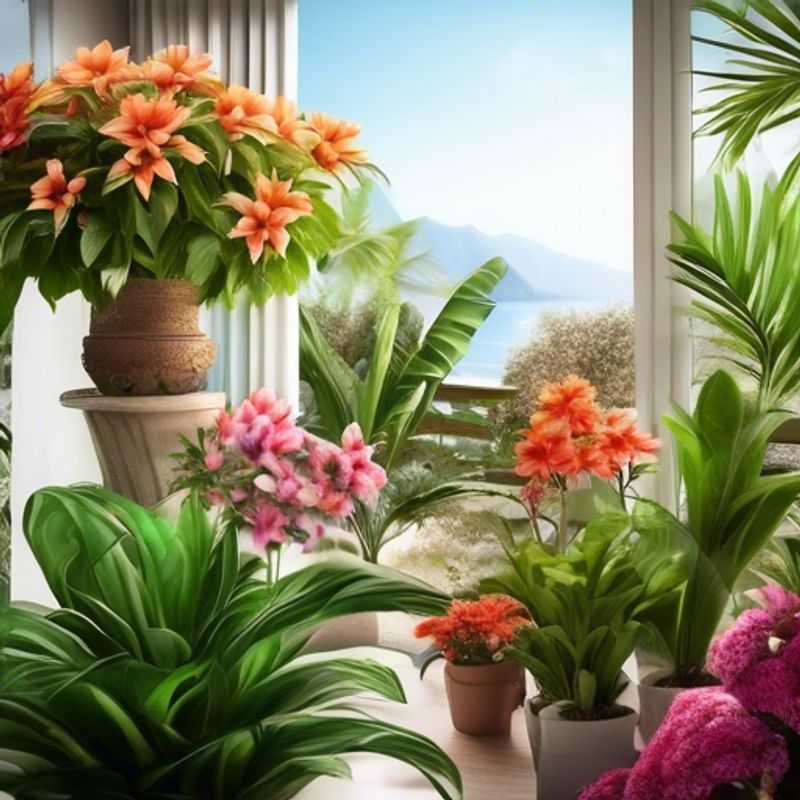
Unlocking Healthy Growth: Researching the Perfect Soil and Watering Needs for Your Plants
Researching the ideal soil conditions and watering needs for your plants is crucial for their healthy growth. You can do this by understanding the specific requirements of your chosen plants and adjusting the soil and watering accordingly.
Soil Type: Different plants thrive in different soil types. Some prefer sandy soil for good drainage, while others need clay soil for water retention. You can find out what your plants need by researching their specific requirements online or through gardening books.
Soil pH: The acidity or alkalinity of the soil, measured by pH, is important for plant health. Most plants prefer a slightly acidic soil (pH 6.0-7.0), but some, like blueberries, need more acidic conditions. You can purchase a soil test kit to check the pH of your soil.
Watering Needs: The frequency of watering depends on the type of plant, the climate, and the soil type. Some plants require more frequent watering, while others can tolerate drier conditions. Always check the soil moisture before watering to avoid overwatering, which can lead to root rot.
Water Quality: The quality of the water you use to irrigate your plants can also impact their growth. Hard water, rich in minerals, can leave a buildup on the soil, hindering water absorption. Consider using rainwater or filtered water for irrigation.
By carefully assessing your plant's specific needs and taking these factors into account, you can create an ideal environment for your plants to thrive. Remember, every plant is unique, so always refer to reliable sources for specific guidance.
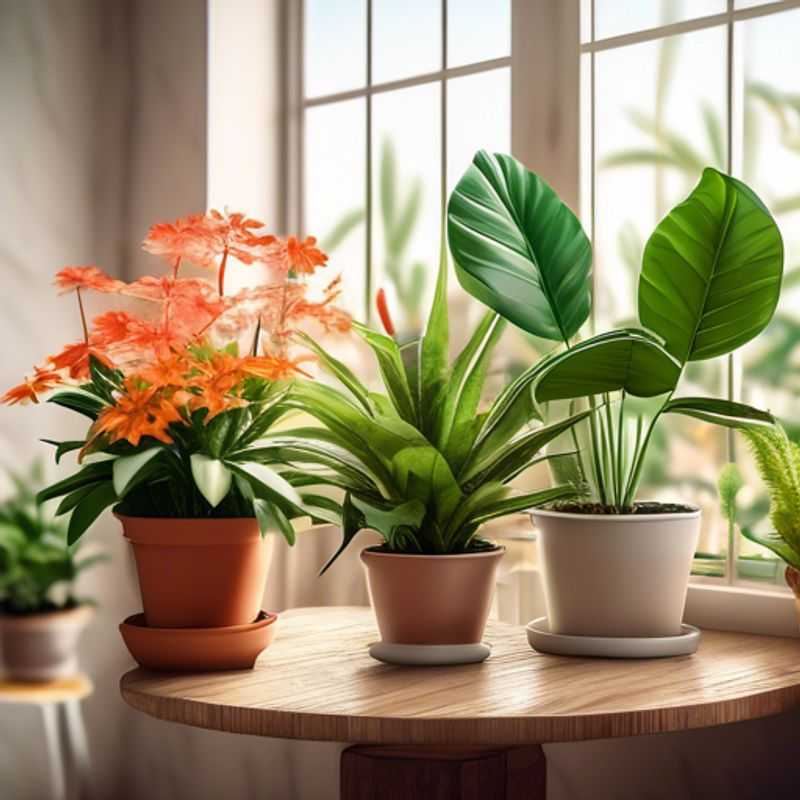
Choosing the Right Plant: Size Matters!
When selecting a plant for your garden or home, it's crucial to consider the mature size it will reach. This will prevent overcrowding and ensure your plant thrives. The available space you have, whether it's a small balcony or a large yard, will dictate the types of plants you can choose. Take into account the plant's root system, height, and spread. You can use tools like measuring tape or online plant databases to get a good understanding of a plant's mature size. If you're unsure, it's always a good idea to consult with a local nursery or gardening expert.
You may need to pay for additional services to determine the best plants for your space, such as a professional landscape designer or a plant consultant.
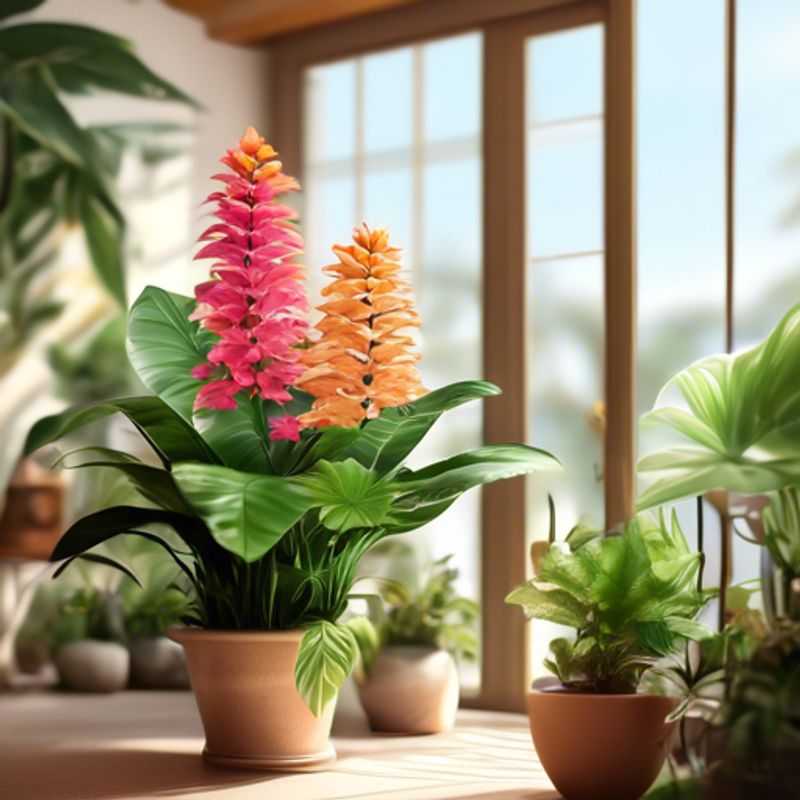
Pet and Child Safety: Identifying Toxic Plants in Your Home
When you bring plants into your home, it's crucial to consider their potential toxicity to pets and young children. Even seemingly harmless plants can pose risks. Research each plant's toxicity level and how it affects your pets and children. Common symptoms include vomiting, diarrhea, drooling, lethargy, and skin irritation.
Always err on the side of caution and keep potentially toxic plants out of reach of pets and children. Consider placing them in areas with limited access, like high shelves. If you have concerns, consult your veterinarian or a poison control center for expert advice. It's a good idea to have emergency contact information readily available for these professionals.
To minimize risks, be informed about common toxic plants. Popular indoor plants like lilies, dieffenbachia, and philodendrons are known to be harmful to pets. Outdoor plants, such as rhododendrons, azaleas, and oleander, can also be toxic. Research the specific plants in your home and garden to determine their potential hazards.
Remember, prevention is key. By taking precautions and educating yourself, you can create a safe and enjoyable environment for everyone, including your furry companions and little ones.
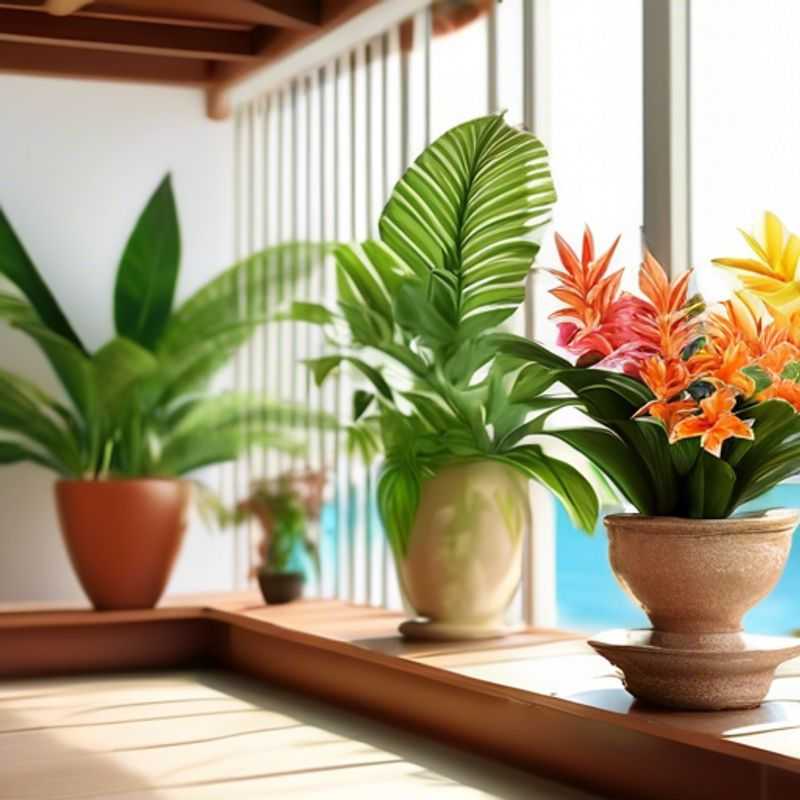
Green Thumbs Up: A Guide to Plant Care and Maintenance
Taking care of plants isn't just about watering them; it's about understanding their needs. Every plant has its own preferences, and meeting those is key to their health and longevity. The first step is identifying the plant's needs: what type of light does it prefer, how often does it need watering, and what kind of soil does it thrive in? This information is readily available online or from your local nursery.
Once you know what your plant needs, it's time to provide it. Proper watering is crucial. Overwatering is just as harmful as underwatering. Learn to feel the soil moisture, and water only when the top inch feels dry. Sunlight is also essential for most plants. Place them in areas that receive the right amount of light based on their individual needs. Fertilizing is another important aspect, but it's best to use a balanced fertilizer and follow the instructions carefully.
Regular inspection is key to catching any problems early. Check for pests, diseases, and changes in leaf color or growth. Pruning can also be beneficial, removing dead or diseased parts and encouraging new growth.
Remember, plant care is a journey, not a destination. Be patient and learn from your experiences. There are always new things to discover and ways to improve your gardening skills. With a little time and effort, you can cultivate a thriving green haven in your home.
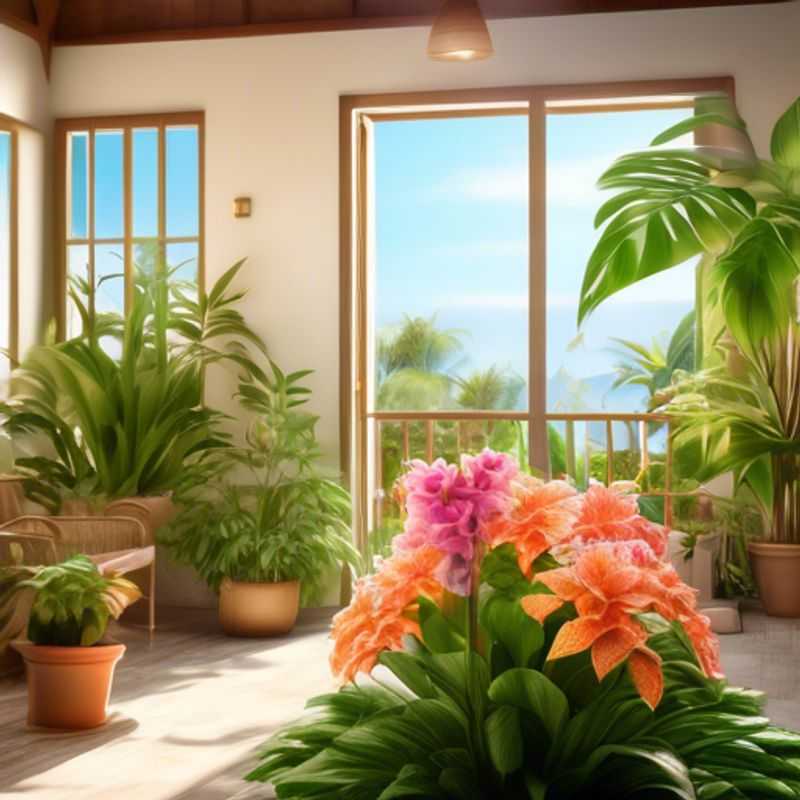
Understanding Plant Growth Habits and Pruning Needs: Your Guide to a Thriving Garden
Understanding a plant's growth habits and pruning requirements is crucial for its health and longevity. It's like understanding the blueprint of a building – knowing the structure and potential areas for maintenance.
Growth habits encompass how a plant grows, its size, shape, and branching patterns. Some plants are fast-growing, while others take their time. Some have a dense, upright growth, while others are sprawling and vine-like. Pruning requirements, on the other hand, are the specific techniques used to maintain the plant's desired form, shape, and health.
To determine a plant's growth habits, consider its species, variety, and the environment it's growing in. Observe the plant's natural tendency to grow, its leaf structure, and the overall shape. For pruning requirements, research the specific plant and its pruning needs based on its species and growth stage.
Some plants require regular pruning to maintain their shape, while others may only need occasional trimming. Knowing the best time for pruning (spring, summer, or fall) is also crucial for the plant's health.
Understanding a plant's growth habits and pruning needs is an ongoing learning process. It involves observation, research, and perhaps some trial and error. Just like a skilled engineer, understanding the intricacies of a plant leads to better care and a thriving garden.
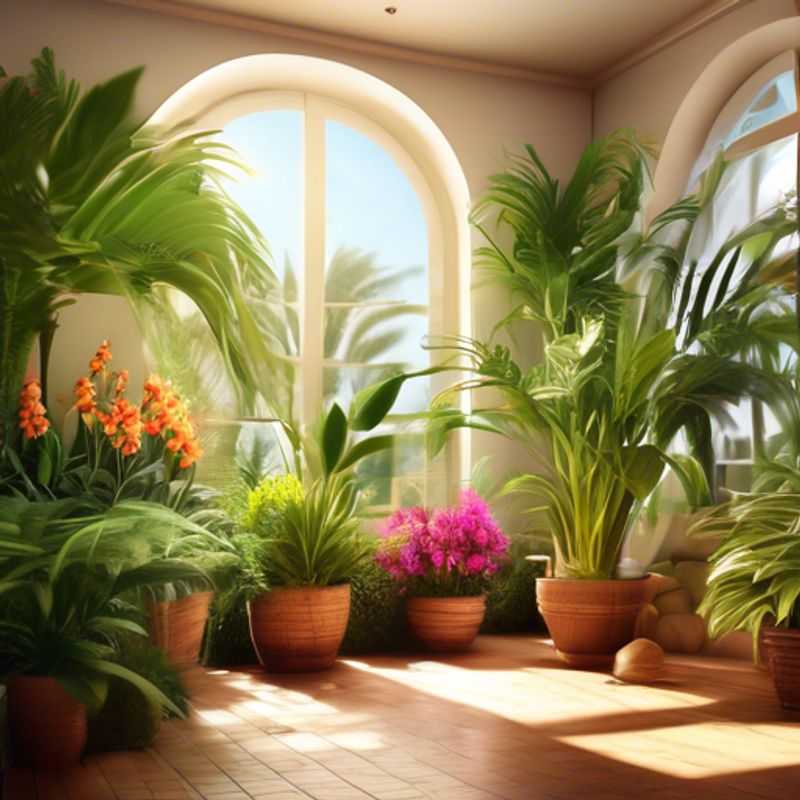
Bringing Home a Healthy Plant: How to Spot Pests and Ensure a Thriving Addition
Bringing a new plant home is exciting, but it’s important to ensure it’s healthy and pest-free before you welcome it into your home. A sick or infested plant can quickly spread problems to your existing collection. Here's a quick guide to help you avoid bringing unwanted guests into your home.
Check for Signs of Disease: Look closely for any signs of disease, including spots, discoloration, wilting, or mold growth. A healthy plant should have vibrant foliage and a strong, upright growth habit. Be wary of plants with signs of fungal infections, as these can spread to other plants.
Inspect for Pests: Look for any signs of pests like tiny insects, webs, or eggs on the leaves, stems, and undersides of the plant. Pay particular attention to the soil as this can harbor pests like root mealybugs. If you see any pests, it's best to avoid purchasing the plant.
Consider Quarantine: After bringing a new plant home, it's a good practice to quarantine it for a few weeks. This helps you monitor the plant for any signs of disease or pests that might not have been visible at the point of purchase. Keep your new plant isolated from your existing collection for at least 14 days, ideally in a well-lit area with good air circulation.
Remember, a healthy plant is the key to a happy gardening experience. By taking these simple steps, you can avoid introducing pests or diseases to your home and ensure your plant thrives in your care.
